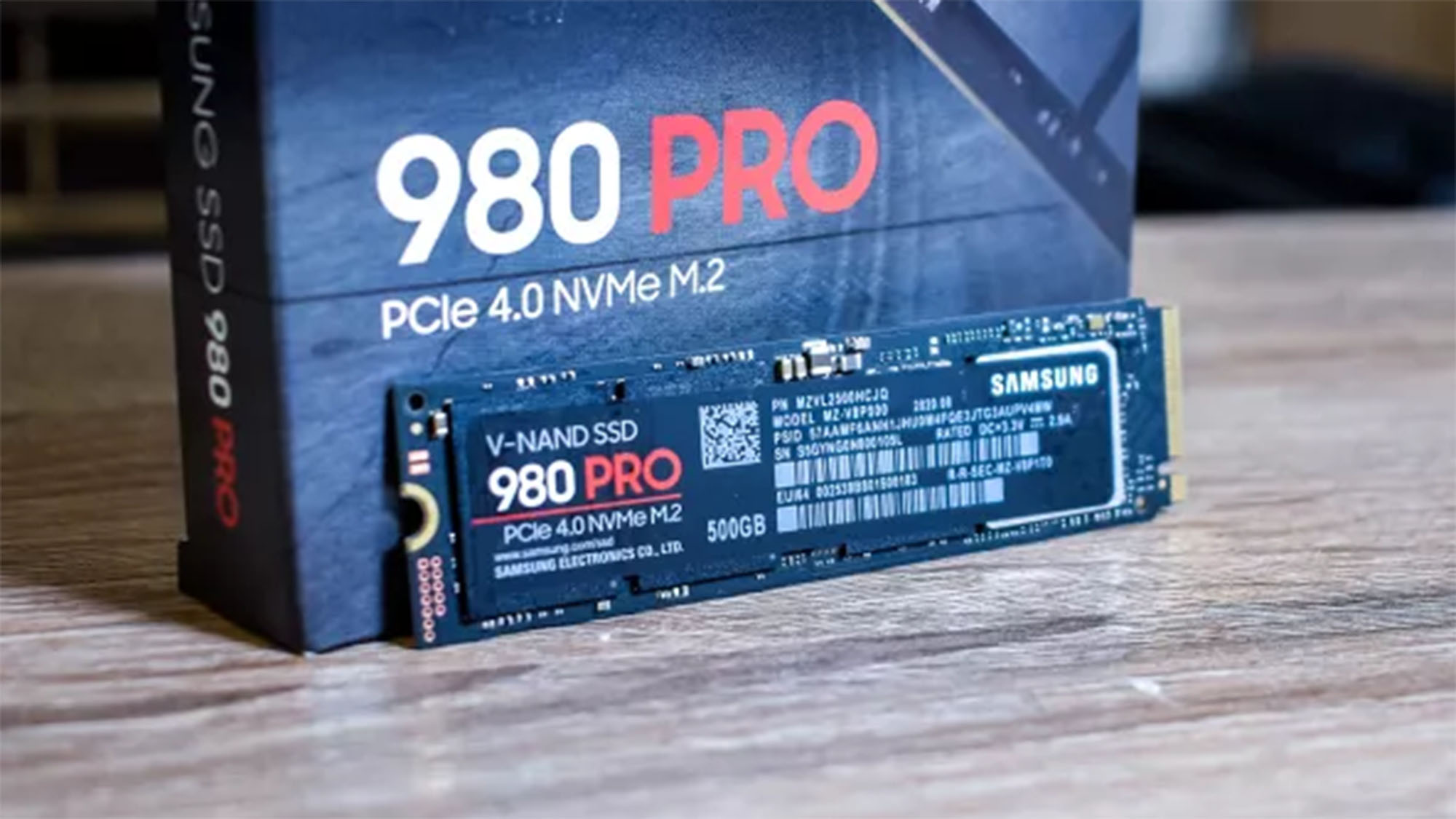A tiny solar panel in a cable: How fiber optics is changing the way power is transmitted
Power distribution has relied for decades on copper but that is changing

Earlier this month, communication specialists HUBER +SUHNER launched a global navigation satellite system (GNSS) that powered an active antenna using fiber optics rather than more traditional copper wires, replacing in certain cases, power-over-ethernet (PoE) with power-over-fibre (PoF), for almost a decade.

Best external hard drives: Expand your storage easily
Best rugged hard drives: Protect your data on the go
Best secure drives: Keep your data intact
Best portable SSDs: Solid, fast and compact
Best NAS drives: Data resilience for businesses
Doing so allows data and power to be transmitted over only one cable; now that has been the case for more than a century as copper wires were used for analog communications but demands for huge amounts of data coupled with advances in photonics means that something that was until recently only limited to very niche applications.
Copper, whilst ubiquitous, has some intrinsic disadvantages: it cannot be installed where high electric voltages occur, it can generate an electric spark, it is sensitive to strong magnetic field and is relatively thicker/heavier than fiber optics.
How does it work?
A source (typically a laser diode) emits light, usually monochromatically, at one end and a photovoltaic cell collects that light on the other end. The process is called optical power beaming and is essentially a smaller, more focused take on how a roof-based solar panel works.
While the latter has an efficiency of about 25%, power-over-fibre can reach up to 70% but overall, once other factors are accounted for, the power conversion efficiency, according to photonics specialist RP Photonics, can go up to 30%. Not good enough for a portable power station for example or to power a laptop.
Clearly, it is not going to replace copper wholesale across power equipment; it still requires a lot of discrete components and is far costlier than copper deployment. However, with improving technology and mass production, one can expect power over fiber to make a much bigger dent in a lot of scenarios.
In the case of H+S, it means enabling an increased distance of a few kilometers between the source and the receive system, several orders of magnitude compared to copper. In the long term, it may help simplify the deployment of FTx (fiber to anywhere) with fiber to the room being the last frontier - and PoF will play a huge role in that as well as in 5G, 6G and iOT deployment because of the number of low-power antenna units and nano/pico/femto cells.
Are you a pro? Subscribe to our newsletter
Sign up to the TechRadar Pro newsletter to get all the top news, opinion, features and guidance your business needs to succeed!
There is a huge drive for research in what could be a thriving sector: more than 20 conference papers have been submitted to the IEEE, the world's largest technical professional organization dedicated to advancing technology since the beginning of 2022.

Désiré has been musing and writing about technology during a career spanning four decades. He dabbled in website builders and web hosting when DHTML and frames were in vogue and started narrating about the impact of technology on society just before the start of the Y2K hysteria at the turn of the last millennium.